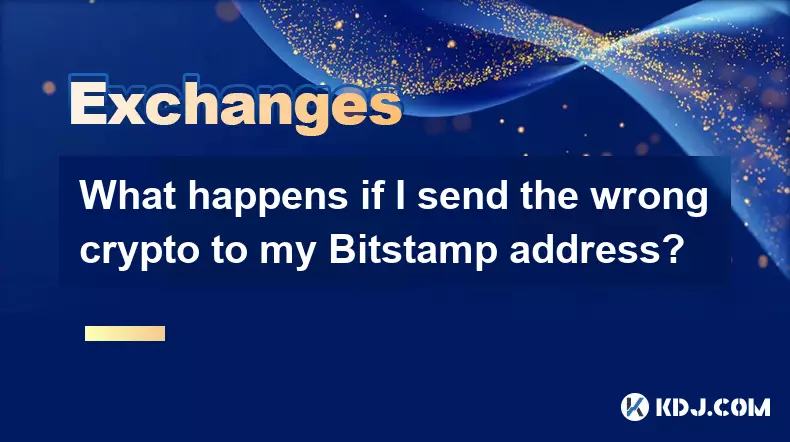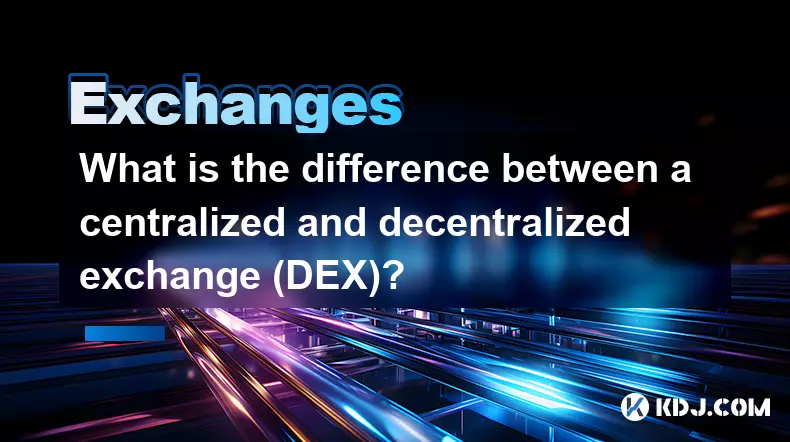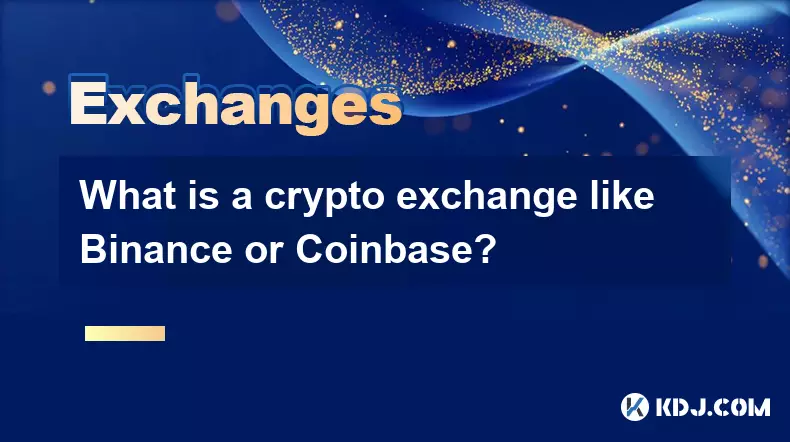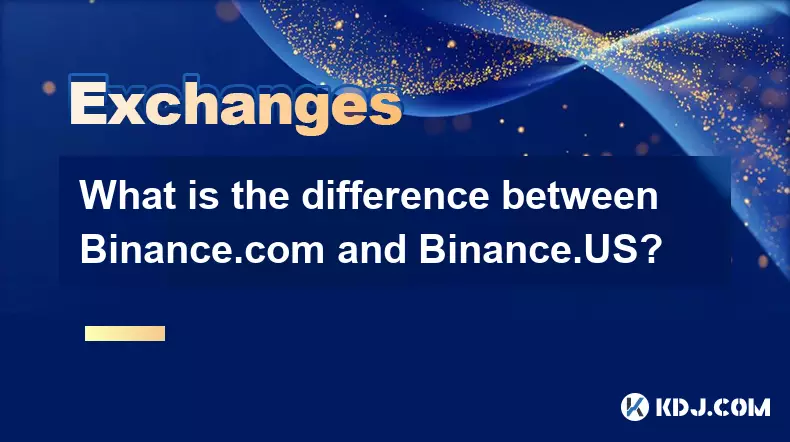-
 bitcoin
bitcoin $114684.631706 USD
-0.87% -
 ethereum
ethereum $4228.677447 USD
1.58% -
 bnb
bnb $1294.880693 USD
-1.16% -
 tether
tether $1.000819 USD
-0.02% -
 xrp
xrp $2.605138 USD
2.79% -
 solana
solana $209.908690 USD
5.89% -
 usd-coin
usd-coin $0.999903 USD
-0.03% -
 dogecoin
dogecoin $0.213423 USD
2.93% -
 tron
tron $0.322721 USD
-0.10% -
 cardano
cardano $0.727247 USD
3.66% -
 hyperliquid
hyperliquid $42.339456 USD
6.05% -
 chainlink
chainlink $19.910811 USD
5.16% -
 ethena-usde
ethena-usde $1.000557 USD
0.00% -
 stellar
stellar $0.349734 USD
2.69% -
 bitcoin-cash
bitcoin-cash $543.848687 USD
-0.21%
What happens if I send the wrong crypto to my Bitstamp address?
Sending the wrong crypto to Bitstamp can result in permanent loss, as transactions are irreversible and blockchains operate independently.
Oct 11, 2025 at 06:54 pm

Understanding the Risks of Sending Wrong Cryptocurrency to Bitstamp
1. Cryptocurrency transactions are irreversible by design, meaning once a transfer is confirmed on the blockchain, it cannot be undone. If you send the wrong type of crypto—such as Litecoin to a Bitcoin deposit address—Bitstamp will not have access to those funds because each blockchain operates independently.
2. Bitstamp supports a specific list of cryptocurrencies and tokens. Sending assets outside this list, including lesser-known altcoins or ERC-20 tokens not officially supported, results in permanent loss unless special recovery procedures apply.
3. The platform does not maintain control over private keys for blockchains. Therefore, even if funds arrive at the correct wallet address format, if the network differs from what’s expected, retrieval becomes technically impossible through Bitstamp's systems.
4. Users often confuse similar ticker symbols or select incorrect withdrawal options on third-party wallets. This mistake leads to tokens being broadcasted onto incompatible networks, which breaks the standard validation process required by exchanges.
5. There is no universal mechanism across blockchains to reverse transactions. Unlike traditional banking, there’s no central authority to dispute or cancel a mistaken transfer, making user diligence essential before confirming any transaction.
Recovery Possibilities and Exchange Policies
1. In rare cases where a supported token is sent via an unsupported network (e.g., USDT sent over Solana instead of Ethereum), Bitstamp may assist with recovery—if the asset type falls within their technical capabilities and internal policy allows intervention.
2. The exchange requires detailed transaction data, including TXID, amount, date, and source wallet information, before evaluating any recovery request. Without complete details, support teams cannot initiate investigations or locate misplaced assets.
3. Some blockchains allow partial tracking through explorers, enabling users to verify whether the transaction reached an active exchange-controlled address. However, visibility does not equate to recoverability without proper coordination.
4. Recovery attempts depend heavily on whether the deposit address used belongs exclusively to Bitstamp and whether they monitor that specific chain for accidental transfers. Many addresses are automated and unmonitored for non-native assets.
5. Fees associated with recovery do not exist since Bitstamp does not guarantee retrieval. Any communication suggesting payment for fund return is likely a phishing scam targeting vulnerable users.
Preventative Measures to Avoid Mistakes
1. Always double-check the cryptocurrency name, ticker symbol, and network protocol before authorizing a transfer. Misreading “BCH” as “BTC” can lead to immediate and irreversible loss.
2. Use only the deposit addresses generated directly within your Bitstamp account interface. Copying addresses manually increases the risk of typographical errors or clipboard hijacking malware altering destination inputs.
3. Enable two-factor authentication and withdrawal whitelisting to add layers of security when managing outbound transactions from other platforms. These settings reduce unauthorized or accidental high-risk movements.
4. Conduct a small test transaction first when dealing with unfamiliar wallets or new coin types. Confirm successful receipt before sending larger amounts to catch compatibility issues early.
5. Store frequently used addresses in a secure contact list inside your wallet app to minimize exposure to fake or compromised destinations during fast-paced trading sessions.
Frequently Asked Questions
Can Bitstamp recover BTC sent to an ETH deposit address?No. Bitcoin and Ethereum operate on entirely separate blockchains. A BTC transaction sent to an ETH-formatted address will not be recognized by either network and results in permanent loss.
What should I do immediately after sending crypto to the wrong address?Stop all further transactions. Record the full transaction hash (TXID) and contact Bitstamp support with complete details. Provide timestamps, wallet origins, and screenshots showing intended versus actual destination.
Does Bitstamp refund lost funds due to user error?Bitstamp does not issue refunds for user mistakes. Responsibility lies with the sender to ensure accuracy in network selection and address verification prior to confirmation.
Are there tools to trace mistakenly sent crypto?Blockchain explorers like Etherscan or Blockchain.com allow public tracking of transactions. You can view movement and final destination but cannot force reversal or access funds without owner consent or exchange cooperation.
Disclaimer:info@kdj.com
The information provided is not trading advice. kdj.com does not assume any responsibility for any investments made based on the information provided in this article. Cryptocurrencies are highly volatile and it is highly recommended that you invest with caution after thorough research!
If you believe that the content used on this website infringes your copyright, please contact us immediately (info@kdj.com) and we will delete it promptly.
- XRP Price Prediction: Weekend Rollercoaster or Rally?
- 2025-10-12 08:45:16
- Bittensor (TAO): Super Bullish Signals Point to Potential 2x Rally
- 2025-10-11 10:25:12
- Silver Price Correction: Navigating the Dip & Identifying Key SEO Keywords
- 2025-10-11 10:25:12
- Decoding Crypto Trends: Bittensor's Bull Run, Cardano's Dip, and LivLive's Presale Buzz in 'Uptober 2025'
- 2025-10-12 08:45:16
- MoonBull: The Crypto Meme Coin Promising 1000x Gains?
- 2025-10-11 10:30:01
- Crypto Payroll Revolution: Stablecoins, Altcoins, and the Future of Salary Payments
- 2025-10-11 10:30:01
Related knowledge

What is the difference between a centralized and decentralized exchange (DEX)?
Oct 14,2025 at 09:37am
Understanding Centralized Exchanges1. Centralized exchanges, commonly referred to as CEXs, operate under a traditional financial model where a central...

What is a crypto exchange like Binance or Coinbase?
Oct 13,2025 at 09:01pm
Bitcoin's Role in Decentralized Finance1. Bitcoin remains the cornerstone of decentralized finance, serving as a primary store of value within the cry...

How do I change the currency display in the Binance app?
Oct 10,2025 at 11:36am
Changing Currency Display in the Binance App1. Open the Binance app on your mobile device and log into your account. Navigate to the home screen where...

How do I claim airdrops on my Binance account?
Oct 14,2025 at 12:00am
Understanding Airdrop Mechanics on Binance1. Airdrops on Binance are promotional distributions of free tokens or coins conducted by blockchain project...

How to clear the cache for the Binance app?
Oct 12,2025 at 02:55pm
Understanding Decentralized Exchanges in the Crypto Ecosystem1. Decentralized exchanges (DEXs) operate without a central authority, allowing users to ...

What is the difference between Binance.com and Binance.US?
Oct 14,2025 at 06:18am
Binance.com vs Binance.US: Regulatory Frameworks and Jurisdiction1. Binance.com operates as a global cryptocurrency exchange, serving users in numerou...

What is the difference between a centralized and decentralized exchange (DEX)?
Oct 14,2025 at 09:37am
Understanding Centralized Exchanges1. Centralized exchanges, commonly referred to as CEXs, operate under a traditional financial model where a central...

What is a crypto exchange like Binance or Coinbase?
Oct 13,2025 at 09:01pm
Bitcoin's Role in Decentralized Finance1. Bitcoin remains the cornerstone of decentralized finance, serving as a primary store of value within the cry...

How do I change the currency display in the Binance app?
Oct 10,2025 at 11:36am
Changing Currency Display in the Binance App1. Open the Binance app on your mobile device and log into your account. Navigate to the home screen where...

How do I claim airdrops on my Binance account?
Oct 14,2025 at 12:00am
Understanding Airdrop Mechanics on Binance1. Airdrops on Binance are promotional distributions of free tokens or coins conducted by blockchain project...

How to clear the cache for the Binance app?
Oct 12,2025 at 02:55pm
Understanding Decentralized Exchanges in the Crypto Ecosystem1. Decentralized exchanges (DEXs) operate without a central authority, allowing users to ...

What is the difference between Binance.com and Binance.US?
Oct 14,2025 at 06:18am
Binance.com vs Binance.US: Regulatory Frameworks and Jurisdiction1. Binance.com operates as a global cryptocurrency exchange, serving users in numerou...
See all articles










































































